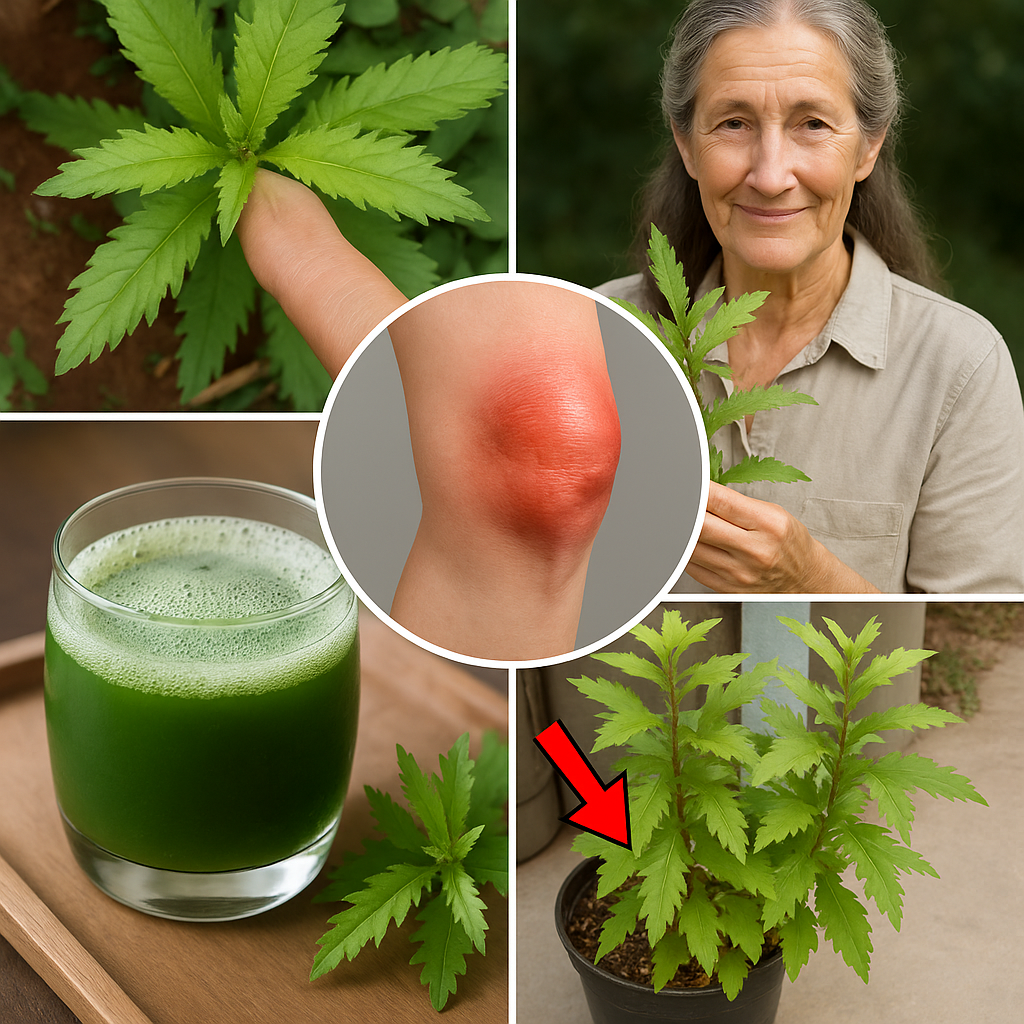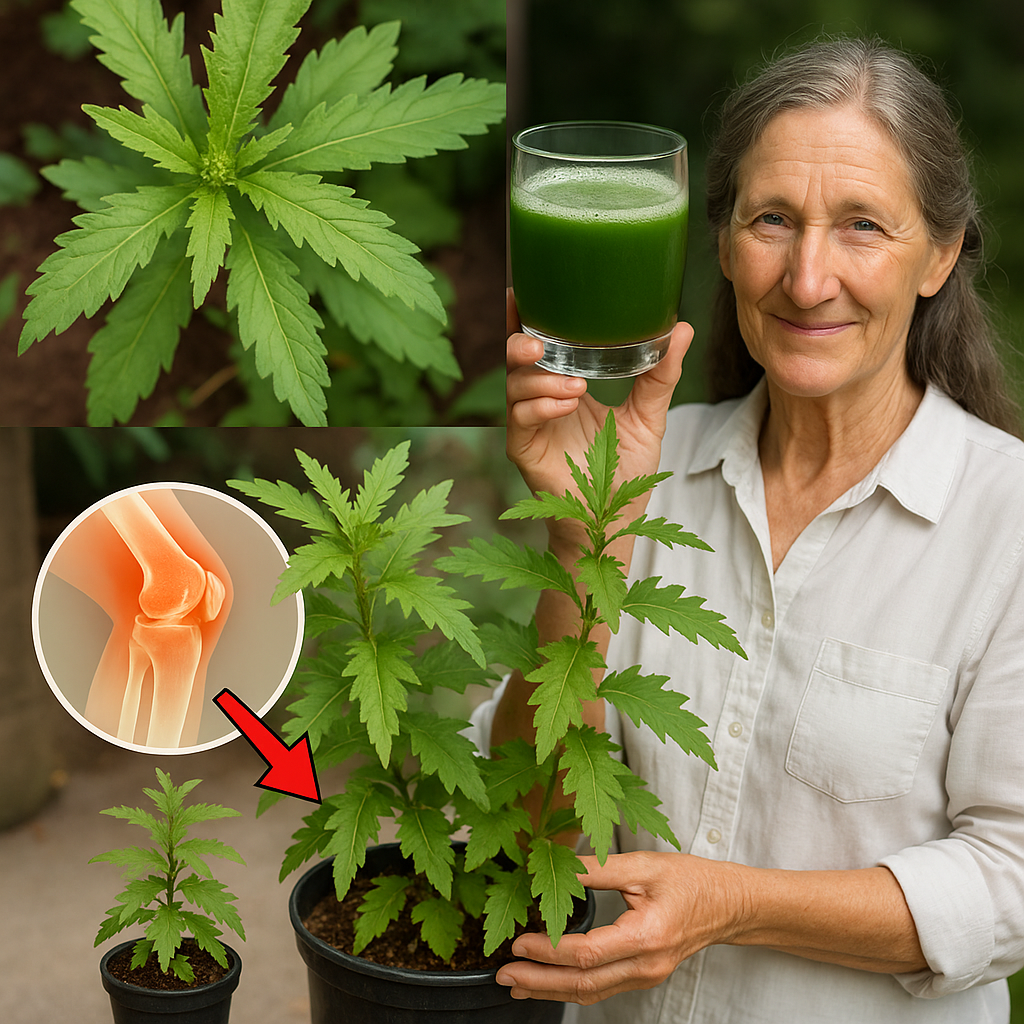What if a single herb could both protect your gut and elevate your cooking? Meet Epazote — a bold, aromatic plant with centuries of wisdom rooted in Mesoamerican tradition. Revered by ancient healers and still cherished in Mexican kitchens today, this herb doesn’t just sit quietly in the background. It works. It heals. It transforms.
Whether you’re drawn to natural remedies or you’re curious about its unique flavor in traditional cuisine, the story of epazote is one that deserves your full attention. Let’s dive into the fascinating world of this powerful plant — where health meets heritage and flavor meets function.

🍃 A Natural Warrior Against Intestinal Parasites
At the heart of epazote’s medicinal power is a potent compound called ascaridole. This active ingredient has been traditionally used to combat intestinal parasites — especially in regions where access to modern medicine was limited.
For generations, indigenous communities in Central America turned to epazote to help purge the body of unwanted invaders, and even today, many people incorporate it into their wellness routines to maintain digestive cleanliness. While it should always be used with care, this ancient remedy has stood the test of time.
💨 Relief from Gas, Bloating, and Digestive Discomfort
Epazote isn’t just about parasites. One of its most popular uses in folk medicine is to ease digestive distress. If you’ve ever felt bloated, cramped, or weighed down after a meal, epazote may offer some gentle support.
Its natural carminative properties help reduce gas and bloating, especially when consuming beans or heavy foods — which explains why it often appears in traditional bean dishes. It doesn’t just enhance flavor; it helps your body process and digest better.
🥘 A Flavorful Staple in Traditional Mexican Cuisine
Beyond the world of remedies, epazote plays a starring role in the culinary traditions of Mexico and Central America. With its bold, slightly peppery and earthy flavor, it adds depth to dishes in a way no other herb can.
You’ll find epazote in classics like:
- Frijoles de la olla – traditional slow-cooked beans, where epazote helps minimize gas
- Quesadillas con epazote – folded tortillas filled with cheese and fresh epazote leaves
- Tamales and soups – where it provides a distinct aromatic touch
Cooking with epazote is like inviting a little history and healing into your home — and your taste buds will thank you.
🧪 What Makes Epazote So Unique?
The power of this plant comes from a cocktail of active compounds, with ascaridole at the forefront. This compound is what gives epazote its unmistakable aroma — and its strong antiparasitic reputation.
In addition, it contains flavonoids and essential oils that contribute to its digestive and detoxifying effects. This blend of plant chemistry makes it not only an effective natural remedy but also a deeply grounding herbal ally.
📜 Traditional Wisdom Meets Modern Curiosity
For thousands of years, epazote was passed down from healer to healer, mother to child, as both a protector of the body and a highlight of traditional cooking. Today, holistic practitioners and herbal enthusiasts are rediscovering what the ancients knew: that this plant is both food and function.
It’s a living example of how our ancestors treated food as medicine — and how the boundaries between the kitchen and the healing room were once beautifully blurred.
☕ How to Use Epazote Safely at Home
As a Tea (Infusion):
- Use a small handful of fresh leaves or 1–2 teaspoons of dried epazote
- Steep in hot water for 10 minutes
- Sip slowly after a heavy meal to support digestion
In Cooking:
- Add a few fresh leaves to beans, soups, or stews during the last 10 minutes of cooking
- Remove the leaves before serving, as the flavor can intensify too much if left in
🛑 Important Note on Safety
While epazote offers incredible benefits, moderation is key. The compound ascaridole, while medicinal in small amounts, can be toxic in high doses. That’s why epazote should be used sparingly — especially in tea form — and avoided altogether by pregnant or nursing women, as well as young children.
As with any herbal remedy, it’s best to consult a health professional before using epazote medicinally, especially if you have underlying conditions or are taking medications.

🌱 Who Should Consider Using Epazote?
You may want to explore the benefits of epazote if:
- You often experience bloating or gas after meals
- You want natural support for digestive balance
- You’re interested in herbal cleansing of the intestinal tract
- You love experimenting with authentic, ancestral flavors in the kitchen
🌟 Final Thoughts: A Humble Herb with Bold Impact
In the world of natural healing and traditional cooking, epazote stands out. It’s not subtle. Its aroma is striking, its flavor unforgettable, and its benefits — when used wisely — are nothing short of remarkable.
Whether you’re brewing it into a soothing tea, stirring it into a pot of black beans, or simply learning about the power of plants, epazote reminds us that the old ways often carry the deepest wisdom.
Sometimes, the path to healing is as close as your spice rack or garden patch. And sometimes, the plants we need have been whispering their secrets for centuries — waiting for us to listen again.
🌿 Ready to try epazote for yourself? Let tradition guide you — and let your journey toward natural wellness begin.


